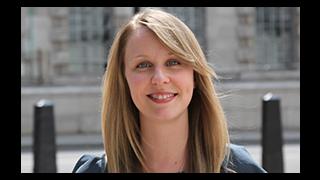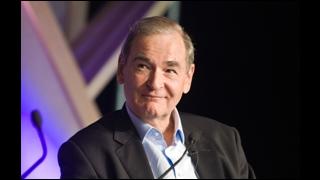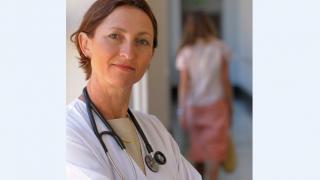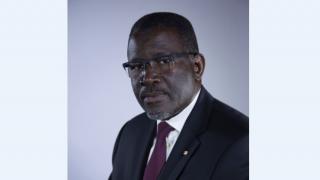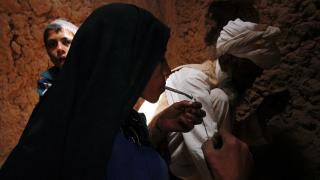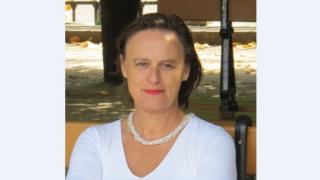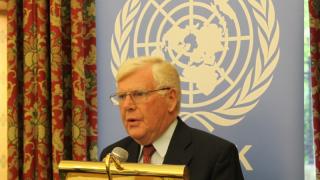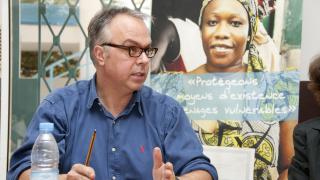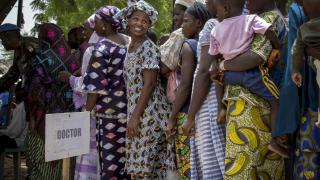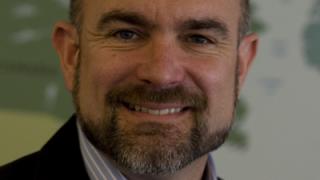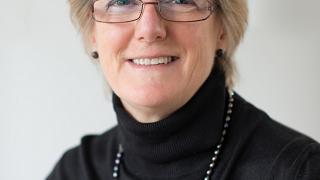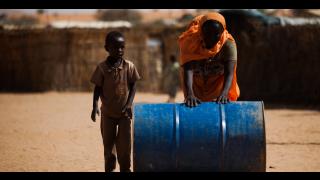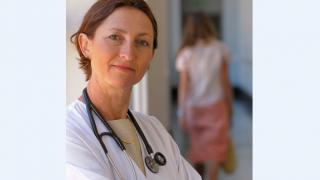
Michel Sidibé, Executive Director of the Joint United Nations Programme on HIV/AIDS (UNAIDS), made a bold statement to the 20th International AIDS Conference in July. The UN, he told delegates in Melbourne, Australia, was committed to ending AIDS by 2030.
He predicted that this would be achieved through the 90/90/90 campaign, where 90 per cent of all people infected with HIV should be diagnosed, 90 per cent of these should be placed on treatment, and 90 per cent of these should have an undetectable viral load (where the levels of HIV in the blood stream are so low it is below testable levels).
Mr Sidibé went on to explain that if this goal could be achieved, 73 per cent of people living with HIV will have undetectable viral load by 2020, enabling their immune systems to recover, which will lead to better health for them, greatly reduced HIV transmission to uninfected partners and a substantial fall in deaths from AIDS.
It is hugely exciting to think we can envision a world without AIDS but it must also be said, this is an ambitious goal. As more people step forward for testing and diagnosis we have an urgent need to make testing far more accessible. Self testing, home testing, couples testing, testing outside of health facilities where people congregate – all these need to become the new norm.
We also need to be able to measure viral load accurately. Many regions in Africa do not have easy access to testing facilities, and even where they exist, high costs have made the test an infrequent event. Viral load monitoring that is quick, cheap and accessible is urgently needed to help meet the UN's 2030 target. We have made amazing strides in treatment coverage, but worldwide just 37 per cent of people living with HIV are receiving treatment, and coverage varies widely between countries. In Nigeria for example, the vast majority of individuals in need of antiretroviral therapy (the drugs which suppress the HIV virus) are unable to access it.
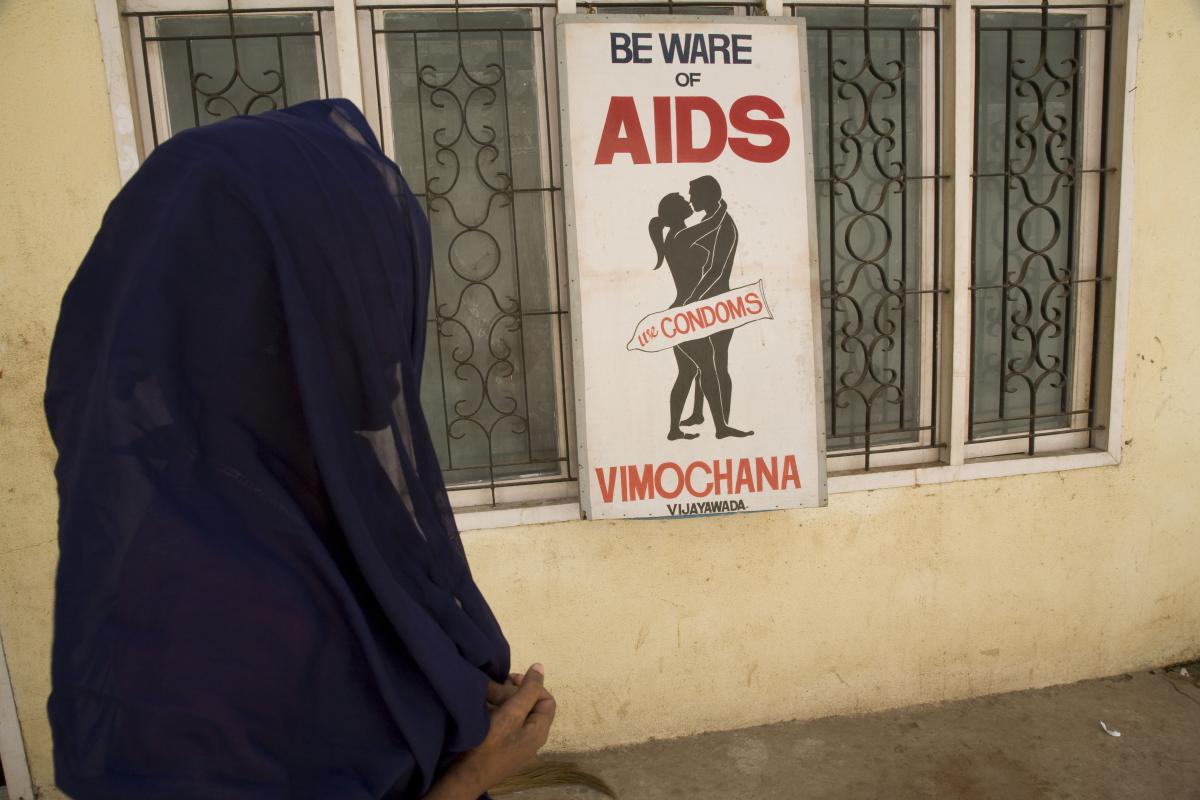 For the first time we also have feasible prevention methods that people may choose to use to protect themselves. In the toolbox, besides old friends (like male and female condoms, lubricants, sexually transmitted infections treatment, education and information, partner reduction and partner testing) we can now add voluntary medical male circumcision and post- and pre-exposure prophylaxis – a course of antiretroviral drugs that reduces the risk of infection after exposure. And there is a host of other novel ideas in development.
For the first time we also have feasible prevention methods that people may choose to use to protect themselves. In the toolbox, besides old friends (like male and female condoms, lubricants, sexually transmitted infections treatment, education and information, partner reduction and partner testing) we can now add voluntary medical male circumcision and post- and pre-exposure prophylaxis – a course of antiretroviral drugs that reduces the risk of infection after exposure. And there is a host of other novel ideas in development.
Described as the “prevention revolution”, we can now liken the process of HIV risk reduction to selecting from an a la carté prevention menu. We cannot and must not rely simply on the treatment of HIV positive individuals as the only way to reduce transmission in the world today. Those most vulnerable to infection need more protection and have largely been left behind in the international response – not only in the provision of programmes, but also in funding, policy and research.
Vulnerable groups include, people who sell sex, men and transgendered women who have sex with men, those who use and inject drugs, those who are detained or incarcerated and young women in Africa. Many of these groups are disempowered by policies, laws, prejudices and gender power imbalances. Disempowerment leads to poor access to information and basic services, including health and social services. This in turn leads to undiagnosed HIV, untreated HIV, lack of prevention and increasing infections and AIDS deaths.
It really feels like we are at a crossroads in 2014. There is currently an AIDS funding gap of yawning proportions globally and that means we are faced with a choice. We can either allow HIV/AIDS funding to continue to flatline and miss this critical tipping point. Or we can step up the pace in terms of resources, energy, passion and ingenuity, and so move towards the goal of ending AIDS. I’ll be in my 60s by 2030 – a great time to look back and think about the dark place from whence we have come.
Linda-Gail Bekker is a Professor of Medicine and the Deputy Director of the Desmond Tutu HIV Centre at University of Cape Town and Chief Operating Officer of the Desmond Tutu HIV Foundation
Photo: woman in India reads an educational poster on HIV/AIDS. © Bill & Melinda Gates Foundation.

